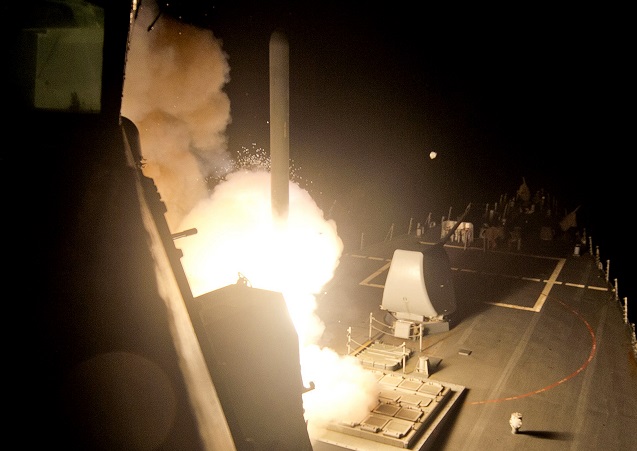Assessing ISIL’s Local Threat
From its inception, ISIL has seized and focused on areas which are ill-defended and where the government presence is generally minimal and largely unwelcome. These areas also tend to be rural and sparsely populated e.g. North (East) Syria, Western Iraq, small areas in North Lebanon)—allowing ISIL to quickly occupy the areas in question and dislodge any (minimal) competition.
Most of the territories they seized in Syria were lands conceded without contest by the Syrian government long before ISIL entered the theater, which al-Baghdadi obtained by subduing or incorporating other, largely local and disorganized, non-state actors who were occupying the territories. This is how they gained so much territory so quickly: they were not facing meaningful opposition.
They have avoided areas which they could not realistically seize or hold, or territories which could only be procured at great cost. Most major population centers fall into these categories, and have therefore been largely immune to ISIL penetration (apart from occasional skirmishes at the outskirts) and are not really under threat. The noteworthy exception, Mosul (Iraq), was only seized because the Iraqi army ceded it without contest and is unlikely to remain in ISIL hands for much longer. In fact, their project of governance over their occupied territories is likely ill-fated even without foreign military intervention—perhaps especially without intervention. Even the sense in which they “control” these tracts is reductively overstated.
This is also worth bearing in mind when pundits discuss the broad swath of territory ISIL supposedly holds—by some reports, about a third of both Iraq and Syria: the percentage of territory is in no way reflective of portion of the relevant populations under ISIL control, as the lands they occupy have small populations and were, in almost all instances, seized with little resistance. Rather than fighting, many of those affected have simply abandoned the areas under assault and sought refuge in government-held territories or neighboring countries.
Because of how they prioritize these already-vulnerable targets, ISIL’s territorial expansion has been able to continue roughly unabated despite the U.S.-led airstrikes in Iraq and Syria, which absent the support of ground-forces and especially if lacking a well-conceived broader political strategy, are likely to be counterproductive—a concern raised at the outset by the U.N. Secretary General Ban Ki Moon.

